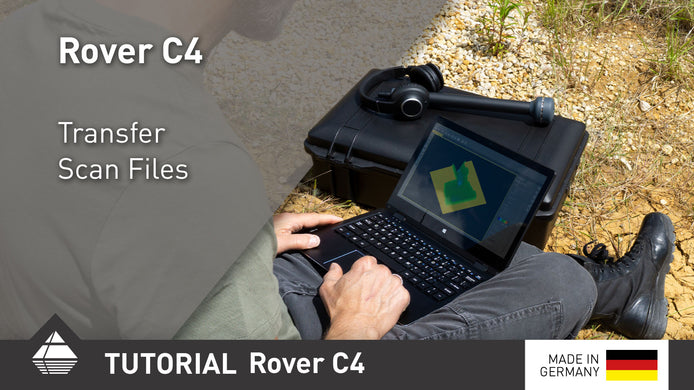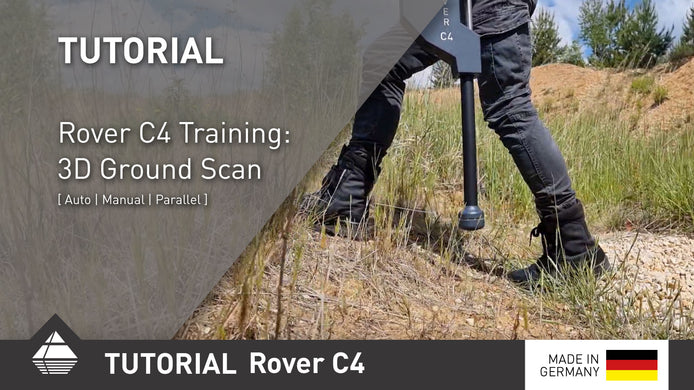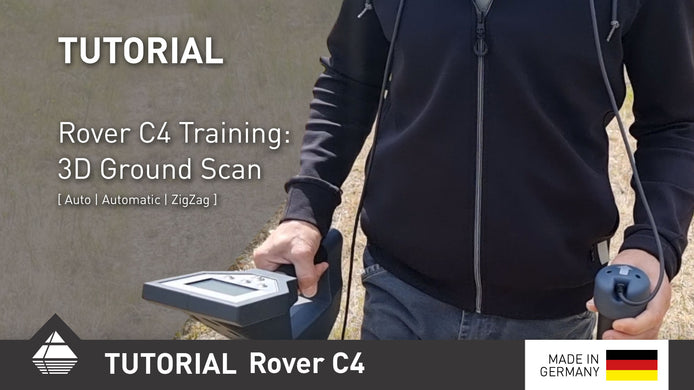How to find treasures with metal detectors of the Future Series

Detecting a treasure with a metal detector or geophysical instrument is very easy. Our treasure hunting devices are suitable for beginners, less experienced and professional users alike. This Quick Guide shows metal detectorists how to be successful in treasure hunting.
1. Before you start measuring
Prepare the treasure detector for a measurement in a specific area where you suppose a treasure. Most detectors require a power supply, which has to be connected to the control unit of the metal detector and a special probe. Usually, there are various probes available for metal detectors. Please check the appropriate product description. As soon as antenna and battery are connected to the metal detecting instrument, you can start your research.
2. Define your target area
A square area has to be defined which you like to explore (e.g. 10 by 10 meters). The size of your scan area depends on the suspected targets.
3. Scan the target area
Scan your target area in a predefined way. You move the device over a specific area to scan the ground and collect data for your 3D scan image. The control unit of your measuring instruments sends impulses and collects information of the underground. Afterwards it calculates all information of the underground to create a 3D image.
4. Evaluate the measurement data
In the 3D scan image all underground anomalies become visible. Hence, it is possible to locate buried items like ferrous and precious metals, voids, water deposits and other underground structures.
5. Determine size, position and depth of finds
The software Visualizer 3D allows to analyze the detected objects and to determine the position, size and depth of located targets or voids before excavating it.
6. Use special function metal discrimination
After locating a metallic object you can use special metal discrimination probes to find out which kind of metal you detected. In doing so, you can differentiate between iron, gold, silver or aluminium. Check the user's manual to find out, if your metal detector offers the function metal discrimination.


